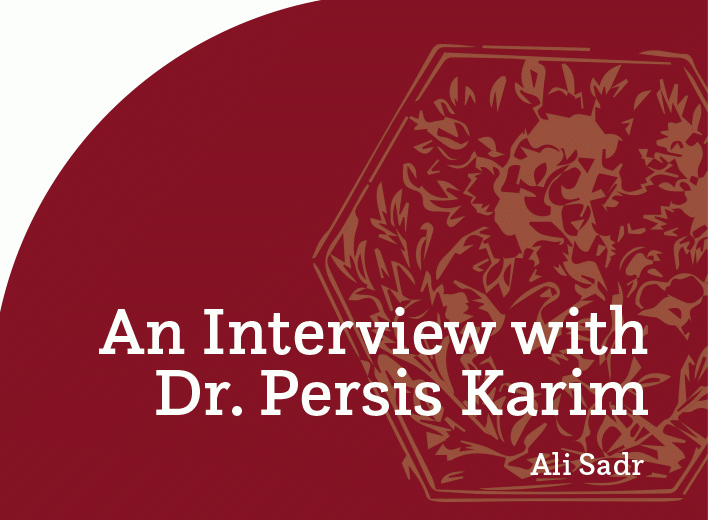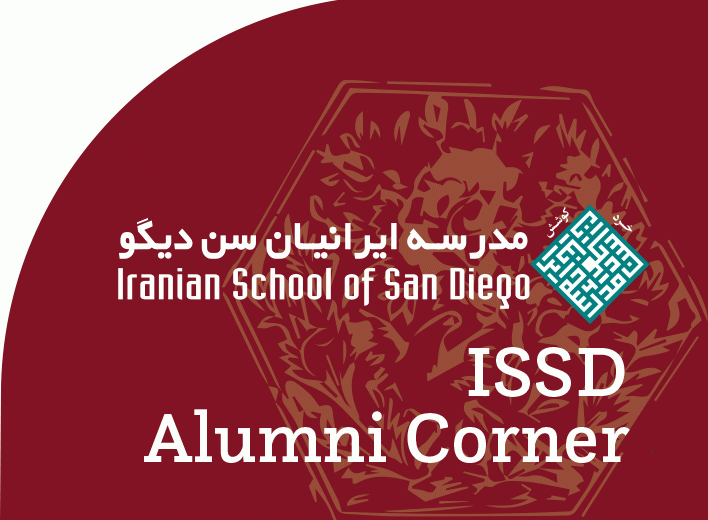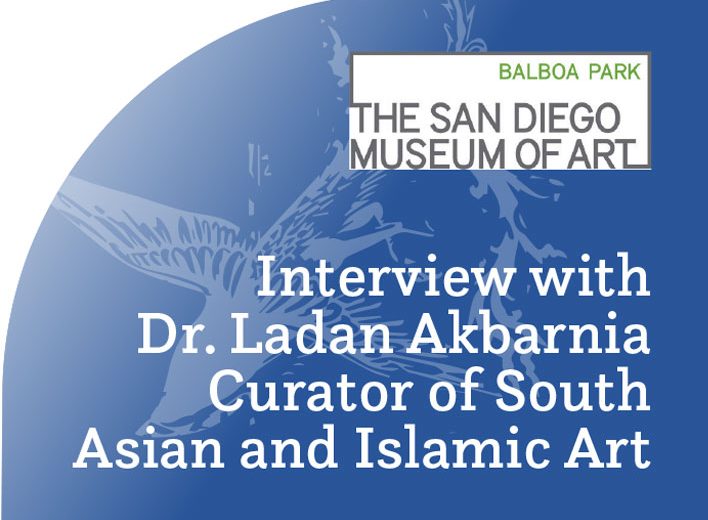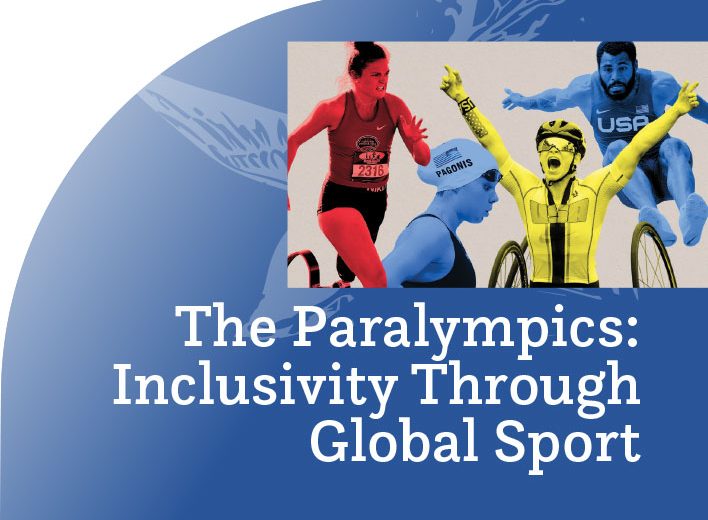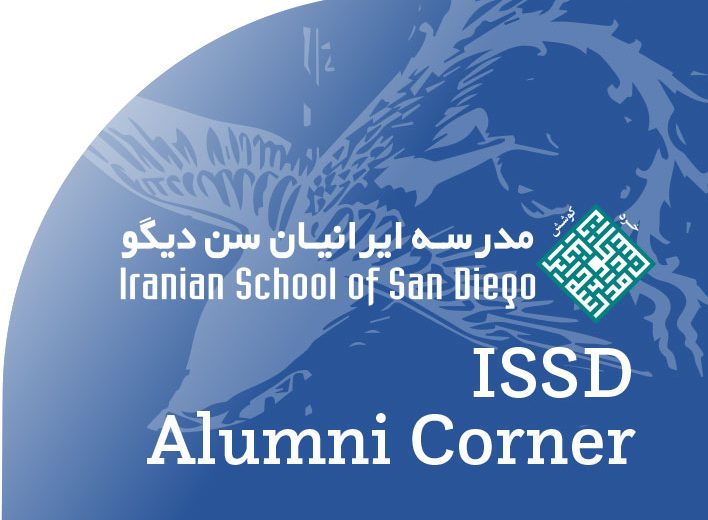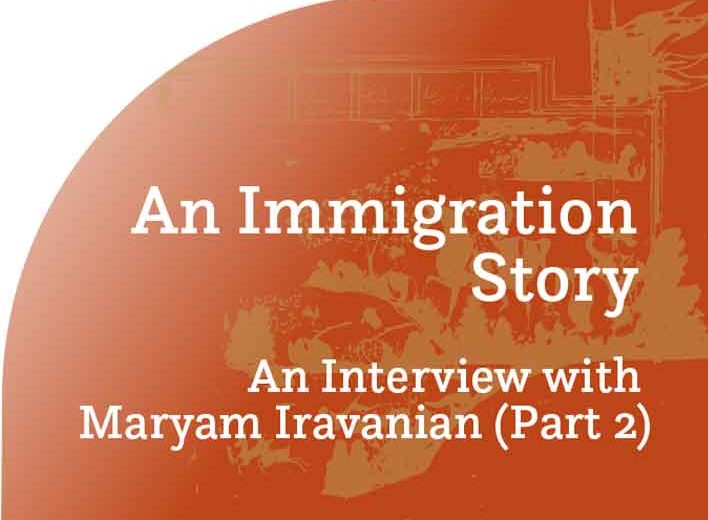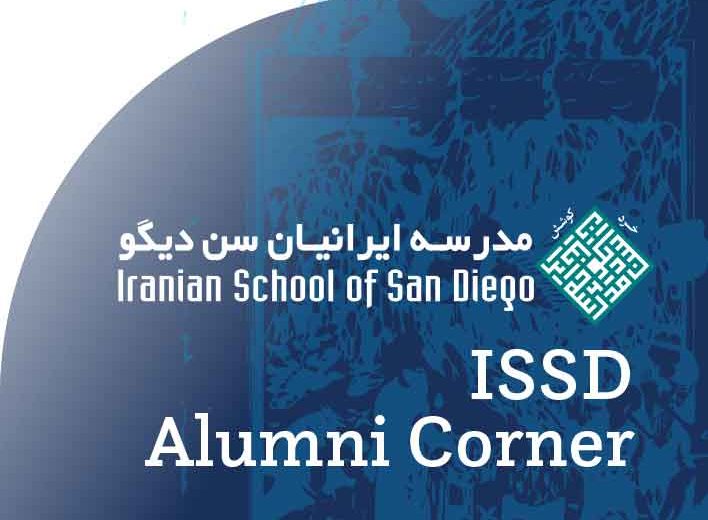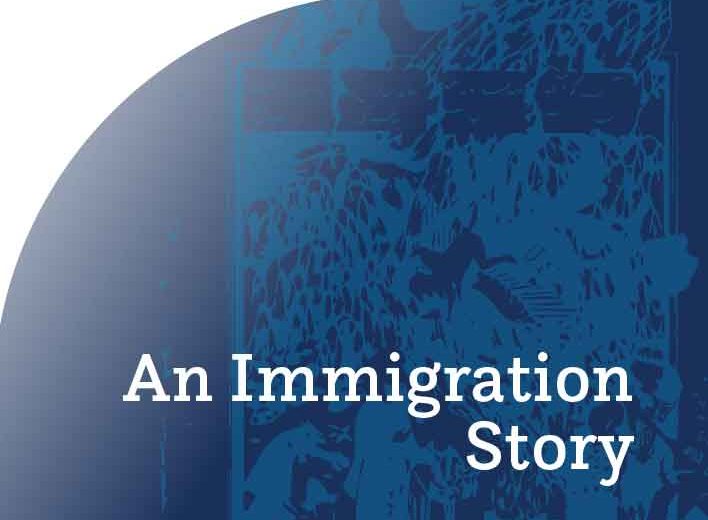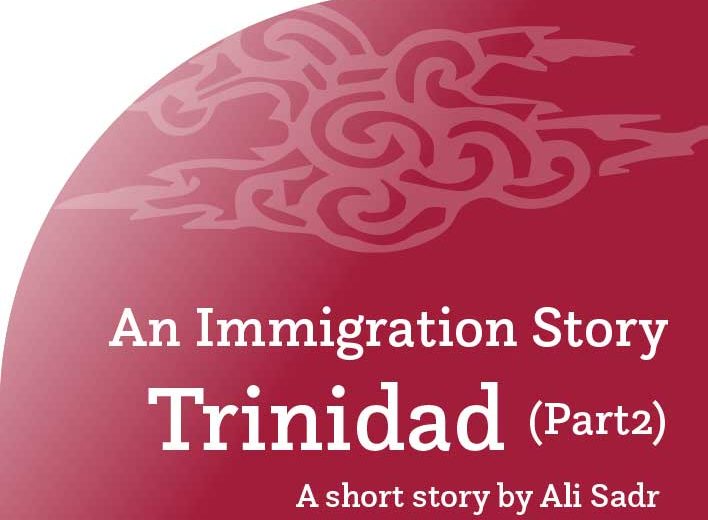An Interview with Professor Reza Vali
By Vahid Jahandari
Professor Reza Vali is among the most acclaimed Iranian American composers. He currently resides in Pittsburgh, where he has taught as a Professor of Music at Carnegie Mellon University since 1988. One of Dr. Vali’s many contributions is the utilization of the Persian dastgâh-maqâm system incorporated into Western contemporary techniques.
My acquaintance with Dr. Vali began in 2015, when I was in Iran applying to graduate schools in the States to continue my studies in Composition. However, for many years prior to that, when I was a student at Tehran University of Art, I knew about Dr. Vali’s music and had studied his works. In late November 2021, I had the opportunity to interview him. This interview has been edited for clarity and space considerations.
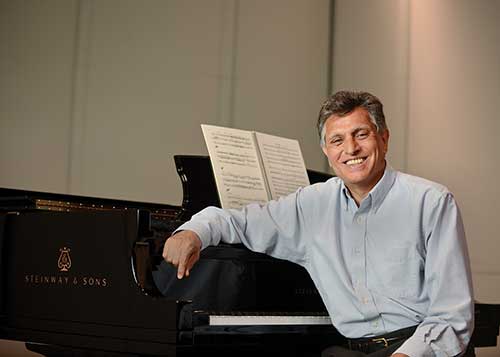
Vahid Jahandari (VJ): Thank you, Dr. Vali, for meeting with me. Would you please describe your early life in Iran and how you became engaged with composition?
Dr. Vali: I was born in 1952 in Qazvin. My family realized my interest in playing instruments at an early age and, soon after, I began studying at Tehran Conservatory of Music. During my education in Iran, the professors exclusively taught European music to students, and there was a rather not very positive attitude toward Iranian traditional styles. During my studies at the conservatory, we were prevented from studying the music of our homeland due to certain prejudice to its tuning system, improvisatory approaches, etc. Such qualities were in contrast with the Western classical genre, which was developed through a very different background and aesthetics that emerged from the Middle Ages.
VJ: When did you proceed with pursuing your studies outside Iran?
Dr. Vali: I continued my studies at the University of Music and Performing Arts in Vienna in 1971. At that time, like many other aspiring composers, I fell under the influence of the modernist movement in Europe. I then moved to the States in 1978 and received my PhD in Composition from the University of Pittsburgh.
VJ: I understand that your musical language changed at a certain point, and you started focusing intensively on working with Persian music materials, rhythms, modes, and so on.
Dr. Vali: In 1990, I completed 17 sets of compositions, in which I borrowed Persian folk melodies. I gradually developed new tendencies in which all the characteristics of my works, including form, were inspired and derived from Persian music. I built an Iranian keyboard called Arghonoon that allowed me to recreate the intervals of Persian music precisely. Since 2000, I have composed entirely based on the Iranian modal system, dastgâh-maqâm.
VJ: Please tell us about how your music has been received in the U.S. and worldwide.
Dr. Vali: I don’t tend to compose for a certain audience like many of my colleagues in academia. My music has been well received by Iranian expatriates, as well as American and European audiences over the years. The foreign listeners find my works exotic, and it takes time to get used to them as they find it quite different from the music they are accustomed to. Once the Iranian audiences familiarize themselves with my music, they start liking it. This is because my language does not purely represent a traditional system, and I have personalized my interests from the resources I derive into my music.
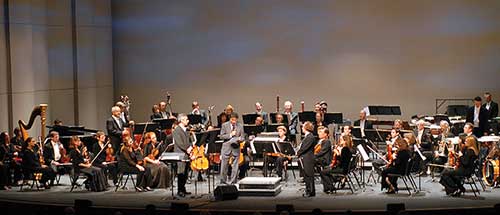
For instance, the Iranian audience who attended the premiere of my piece for Persian Ney and Orchestra in Los Angeles came to me and shared that they strongly connected with the music, particularly the last movement in Dashti mode. Similarly, when the piece was performed in France in January 2020, some of the audience members who had traveled to Iran as tourists came to me and shared that the music reminded them of the architecture, mosaic art, and mosques.
I am happy that my music is being programmed in the same concert with classical composers such as Mozart and Wagner. I received my first commission from the Pittsburgh Symphony Orchestra in 2006, and they have commissioned me four times, the last time in 2018. I have two pieces for the santur and string quartet. One of the greatest living performers of Persian santur, Dr. Dariush Saghafi, among the last remaining students of Master Abolhasan Saba, resides in Pittsburgh. He has performed my music on several occasions.
VJ: Please tell us about the Center for Iranian Music that you co-founded in 2013 in Pittsburgh.
Dr. Vali: I wish to connect the Iranian American community with its heritage. Since I am retiring from Carnegie Mellon University, I am passing the torch to my colleagues. One of the major initiatives of our center has been to recognize and exhibit Iranian art, connect with the audience, and familiarize the audience with many aspects of Persian music. We concentrate on four areas: traditional, folk, contemporary, and religious music of Iran. Among our guests have been Hossein Alizadeh, Kayhan Kalhor, Sepideh Raissadat, and many other exceptional Iranian musicians who had both concerts and masterclasses at CMU. We have had many successful concerts that have been sold out and well attended. We are happy to have succeeded in connecting with Iranian expatriates and celebrating our history.
VJ: What do you think about Iranian contemporary music that is primarily practiced in academia?
Dr. Vali: Iranian contemporary music is fast growing, and it needs to be introduced to the Iranian audience to change its perspective about the way of listening to music as an art form. On the other hand, the function of commercial music is entertainment, and it is unable to express and communicate a wide variety of thoughts and ideas in humanities and/or other disciplines to a profound degree. Young artists need to have their music more frequently performed and introduced to a broader audience.
VJ: What do you aim for as a composer?
Dr. Vali: For me, the dialogue of cultures is significant, and by writing music that incorporates Persian instruments and techniques with Western instruments, I aim to build bridges between civilizations. My music reminds Middle Eastern audiences of their own nationality and heritage. I believe music moves across borders, and I consider a selection of instruments from various origins for this impact. I do not believe the audience necessarily needs to like the music, but it is more about encountering a new sound world and exploring the relationships. My happiest moments are when I am rehearsing my works with performers. The communications we have toward bringing the music to life are the fruits of my creative practice.
VJ: What do you want the American audience to take away from hearing your music?
Dr. Vali: I want them to know that Iran is one of the oldest cultures in the world, and Iran is not all about politics; it is the literature, food, and architecture which define my country. Cultures are not politics and musicians are not politicians. Though music may be used for political interests, it is not political in nature. Politics also cannot stop the development of music. Art always finds its way to evolve and flourish, regardless of religious, social, and political restrictions.
We cannot abandon many kinds of folk music—from the south of Iran to the north. They all emerged and are produced out of necessity from certain traditions and beliefs, like sacred music. This is because music is a form of human expression, like any language, but with the use of sounds. No matter the approaches or limitations, music captures the historical significance of its time and depicts the circumstances in which it has been made.
VJ: Thank you, Dr. Vali, for your time and consideration in having this interview with me. I look forward to hearing more about your activities and performances in the near future.



